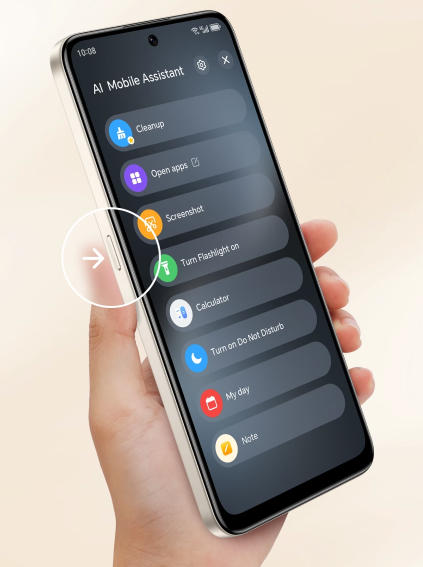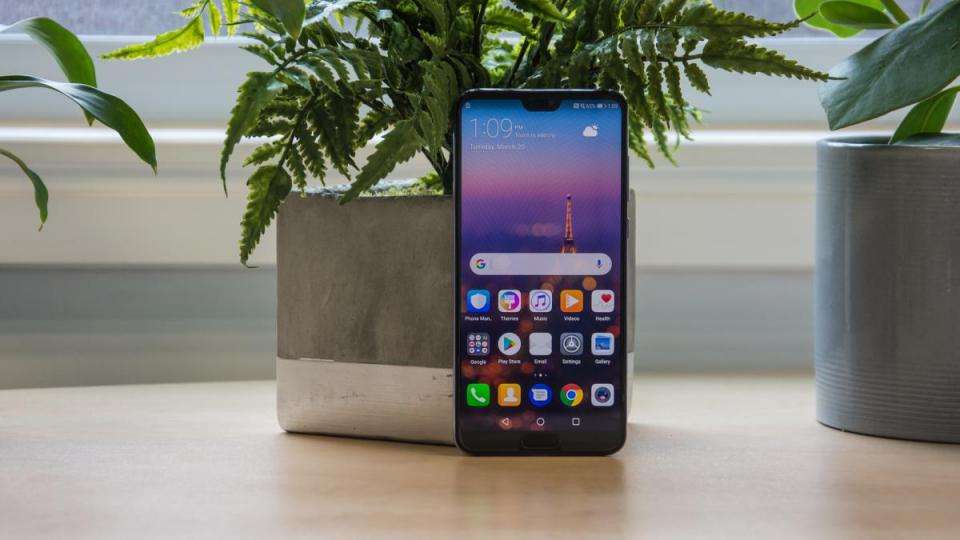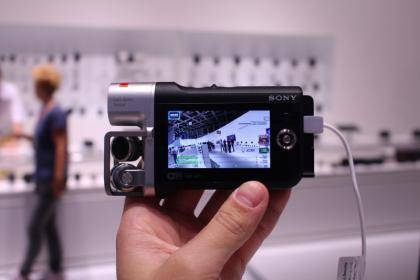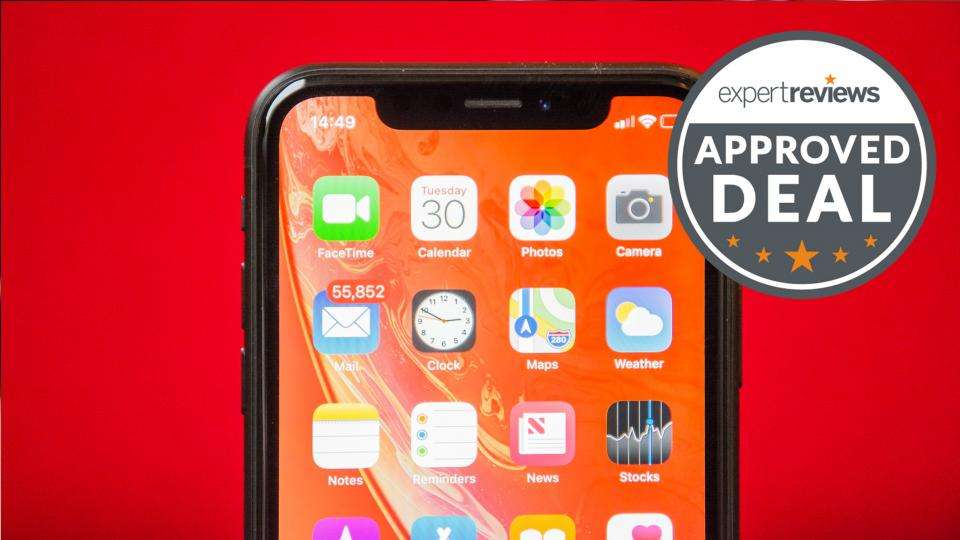Having a cluttered screen can be frustrating when trying to find apps quickly and efficiently. Organizing apps effectively isn’t just about aesthetics; it’s about improving usability and saving time. A well-structured system helps locate apps swiftly without endless scrolling. By applying strategies and tools, you transform your phone into a seamless, productive device. Dive into this guide to learn how app organization enhances your digital experience significantly.

Why App Organization Matters
Reduces Search Time
Large piles of apps scattered across multiple screens slow down navigation and increase frustration. Sorting apps into clear categories ensures faster retrieval, saving valuable seconds and mental effort. Instead of scrolling aimlessly, well-structured systems allow immediate discovery. Logical arrangements dramatically cut unnecessary taps and swipes. The speed of app access improves drastically, minimizing wasted time and maximizing overall device usability.
Improves Productivity & Focus
Disorganized screens lead to distractions, causing wasted time and reduced focus. Clean, structured layouts foster concentration by minimizing visual clutter. Quick access to important apps ensures you stay on task without disruption. With thoughtful organization, time wasted searching for apps disappears. Streamlined setups significantly boost productivity, helping users prioritize tasks effectively. Organized screens reflect mental clarity, supporting better workflow management and digital discipline.
Saves Battery & System Resources
Constantly scrolling and searching for apps increases screen-on time and drains battery life. Efficient app arrangements reduce unnecessary interaction, conserving both energy and system resources. Organized screens mean fewer background processes triggered by accidental app openings. This careful management not only extends battery life but also optimizes performance. A neat structure lowers CPU usage, enabling smoother navigation and overall device efficiency consistently.
Core Strategies to Structure Your Apps
Group by Function or Usage
Organize apps by grouping them according to their purpose or frequency of use. Social media apps can be clustered together, while work utilities and entertainment tools form their own categories. Creating folders keeps related apps tightly aligned, reducing clutter. This intuitive grouping makes retrieval faster, as functions align logically. By analyzing personal usage, you can design a system that simplifies navigation effortlessly.
Use Frequency & Thumb-Reach Zones
Place frequently used apps in easy-to-reach thumb zones for quicker interaction. Daily essentials like messaging or browsers should remain on your main screen within immediate access. Less-used apps can sit on secondary screens, still available but non-intrusive. Prioritizing placement according to usage ensures efficient navigation. Thoughtfully designed zones reduce effort, speed up usage, and create a phone layout tailored for maximum comfort.
Alphabetical & Color-Coding Schemes
Alphabetical sorting is a simple, universally recognized approach for quick app discovery. Familiar sequences reduce search time, letting you locate apps intuitively. Adding color-coding enhances visual recognition, allowing instant identification by app shade or theme. Similar colors clustered together speed recognition and navigation. Combining alphabetical order with color schemes builds both logical and visual structure. This hybrid method strengthens efficiency, making app retrieval instinctive.
Tools & Features to Aid Faster Access
Folders, Collections & Tabs
Folders and collections transform cluttered screens into organized structures. By grouping related apps, users reduce scrolling and confusion. Tabs or multiple folder pages allow further separation, such as work, social, or leisure categories. Designed thoughtfully, folders streamline app discovery, eliminating wasted time. This structural form enhances efficiency by creating themed access points. Properly curated folders ensure quick, stress-free navigation across all device screens consistently.
Widgets and Shortcuts
Widgets offer immediate data and functionality without fully opening apps, saving time and effort. Shortcuts provide direct access to specific app actions, bypassing unnecessary menus. Real-time updates through widgets also keep you informed instantly. Together, they reduce device interaction while enhancing speed and usability. Simplified navigation paths ensure faster, more productive app access. Leveraging widgets and shortcuts creates a seamless, highly responsive digital environment effortlessly.

Search, App Drawer & Hidden Pages
The built-in search function enables lightning-fast retrieval when apps are hard to locate. App drawers centralize all installed apps, keeping your main screens clean yet accessible. Hidden pages provide storage for rarely used apps, keeping the interface clutter-free. Quick search tools prevent long scrolling sessions. Personalized drawers categorize apps based on necessity. These combined features streamline access efficiently, ensuring convenience and smoother day-to-day digital usage.
Maintenance & Habits for Long-Term Efficiency
Regular Cleanup of Unused Apps
Uninstalling unused apps regularly prevents clutter buildup and improves system health. Removing unnecessary programs frees storage space, ensuring crucial apps remain easily accessible. Decluttering boosts performance and extends device longevity. Frequent reviews of your app list maintain order, reinforcing purposeful layouts. This ongoing practice preserves usability while enhancing productivity. Clean environments reduce distractions, helping users focus better and maintain efficient mobile navigation consistently.
Review & Reorganize Layouts Periodically
App organization isn’t static; it must evolve with your needs. Periodically reviewing layouts ensures they remain efficient and intuitive. Changing usage patterns require adjustments, keeping navigation fresh and logical. Reorganizing every few months maximizes productivity and aligns layouts with priorities. These small adjustments prevent inefficiency from creeping back in. By consistently reassessing your setup, you maintain smooth, fast, and distraction-free mobile interaction long term.
Backups & Saving Your Layouts
Complex app arrangements require protection from unexpected resets or upgrades. Regularly backing up your layout ensures seamless recovery and continuity. Saved setups preserve custom folders, themes, and shortcuts, safeguarding hours of organization. Backups defend against accidental data loss and simplify transitions to new devices. This proactive habit maintains consistency in navigation. By preserving personalized structures, users avoid disruption and keep productivity flowing effortlessly.
Conclusion
Managing apps efficiently directly influences productivity, focus, and overall digital well-being. A thoughtfully arranged phone layout ensures rapid access, reduces clutter, and conserves system resources. Devices like the HONOR X7d 5G make this process even smoother with user-friendly customization options. Implementing smart organizational strategies transforms messy screens into streamlined tools for everyday use. The level of order on your device mirrors personal efficiency. Develop long-term habits like periodic cleanups and backups to maintain smoother app navigation. A well-organized phone becomes your most effective digital assistant.






Leave a Reply